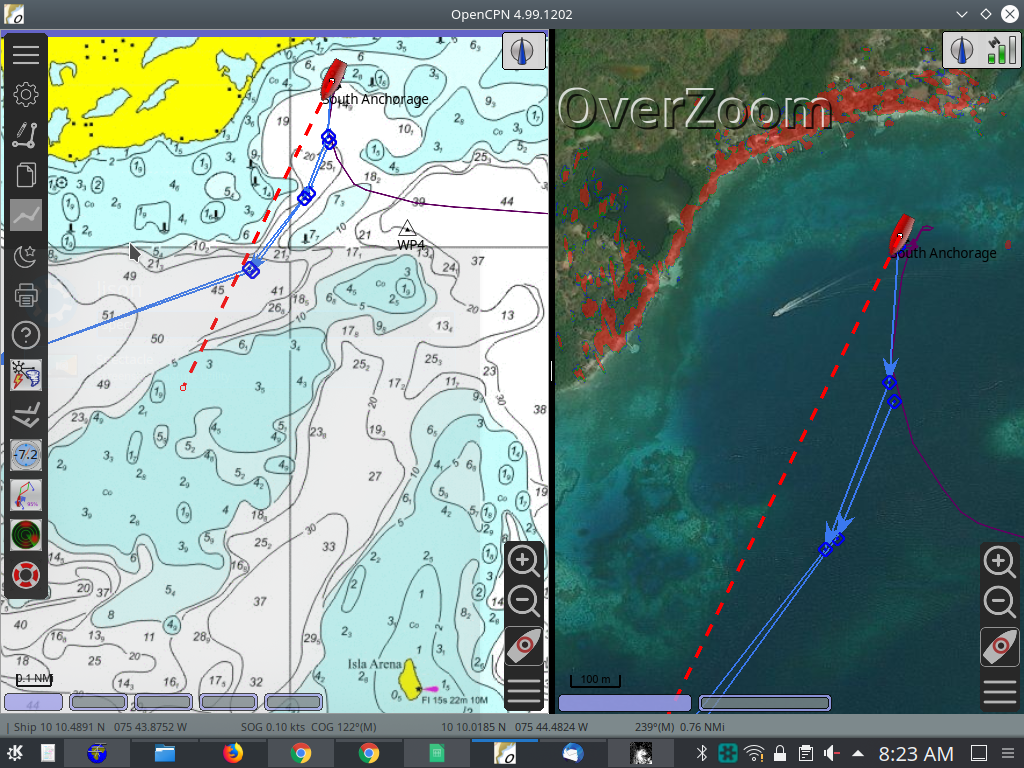I haven't written any code, if that is what you are asking (given how much is available for free, there is no good reason to start coding), but I did replace my NN3D 3-black box system with a 3-cpu network (I built and configured the CPUs) running TZ Professional, and getting data from various furuno peripherals (2 radars, some GPS units, a class A AIS (FA150), sounder (DFF3), Maretron, etc.), and interfaced with FLIR, various HD cameras, and some other devices running code I did write (including an app that monitors disolved O2 in my bait tank), and the video signals are distributed through an HDMI matrix switch (driving 12 screens, some of which are mirrored, and one of which is an Ultra WideScreen), which is controlled by RS232 interface that in turn has control heads at 3 of my 6 helm stations (still working on the other three) -- and those control heads are Arduino based (running code that I did write), housed in boxes I designed in Fusion360 then 3D printed on my FDM printer, with circuit boards I designed in EagleCad and cut on my CNC mill. LOTS of work, but strangely satisfying. Sorry, that sounds a little ostentatious (at least to me), but I have been drinking (my CFB team was off to a great start, but is now falling apart) and I am not an engineer by profession (just always better with math and science than reading and writing, which, ironically, is a large part of my livelihood), so quite happy with these accomplishments.



 Thanks for that
Thanks for that